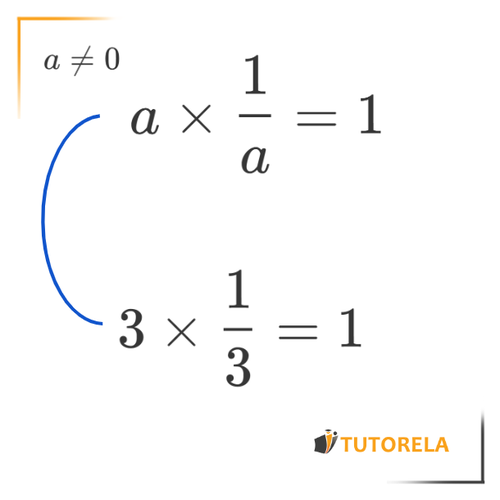Two numbers are multiplicative inverses (also called reciprocals) when their product results in .
For example:
and are multiplicative inverses because
Master multiplicative inverses with step-by-step practice problems. Learn reciprocals, fraction division, and special cases involving 0 and 1.
Two numbers are multiplicative inverses (also called reciprocals) when their product results in .
For example:
and are multiplicative inverses because
Whenever is different from , it follows that

Note: Zero does not have a multiplicative inverse because division by zero is undefined.
Division is equivalent to multiplication by its multiplicative inverse,
That is:
Because is the multiplicative inverse of
Generally:
\( 12+3\times0= \)
According to the order of operations, we will solve the exercise from left to right since it only contains multiplication and division operations:
Answer:
Solve the following exercise:
According to the order of operations, we first multiply and then add:
Answer:
Solve the following exercise:
According to the order of operations rules, we first divide and then add:
Answer:
First, calculate the expression within the parentheses:
Now, multiply the result by 9:
Thus, the final answer is 18.
Answer:
18
?
According to the order of operations, the exercise is solved from left to right as it contains only an addition operation:
Answer:
0.8